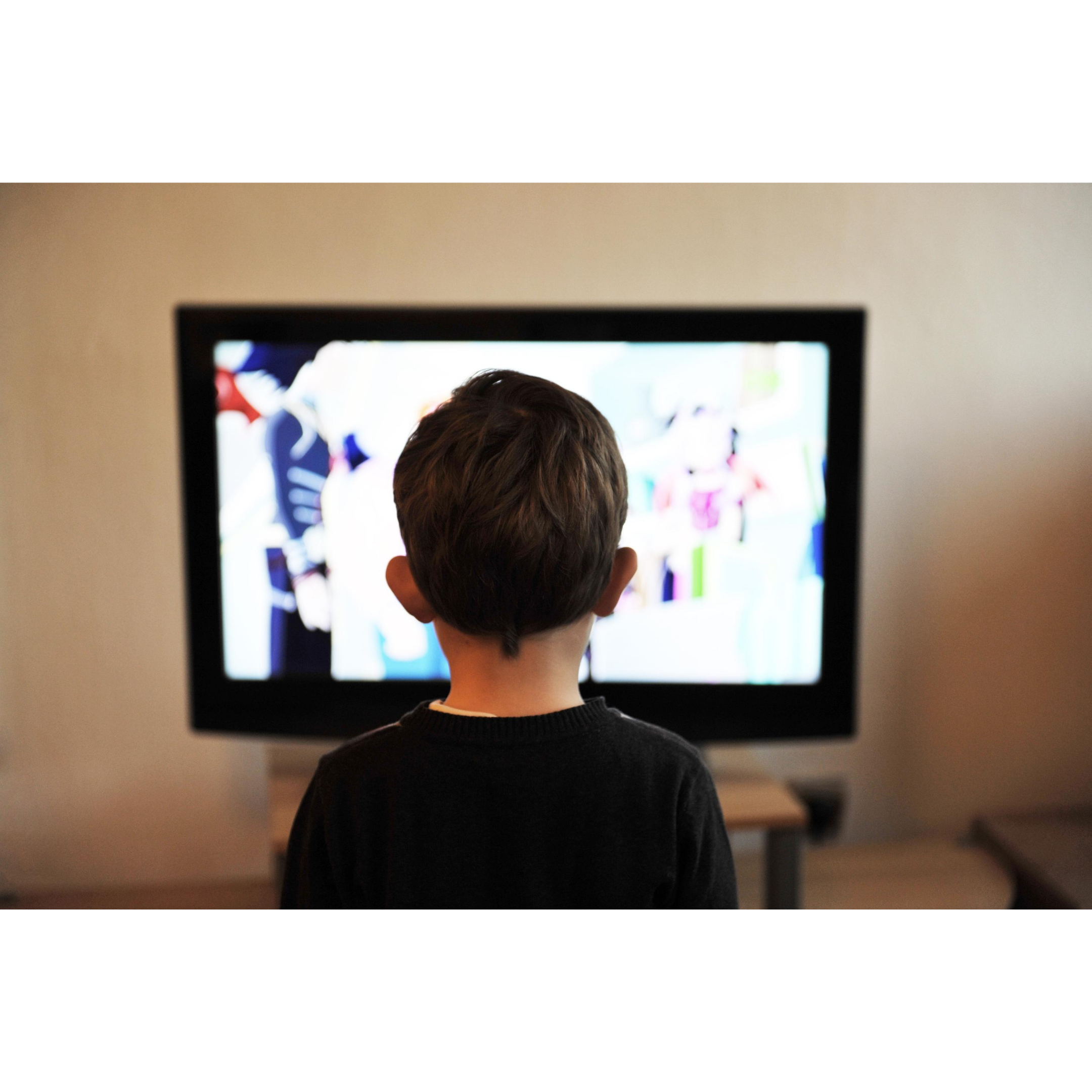How to Teach Children Mindfulness
“Students are told to pay attention a thousand times in school, but rarely are they taught how. We tell our kids to be nice to each other again and again without ever teaching them the incredibly accessible exercises that cultivate empathy and forgiveness."
-Daniel Rechtschaffen,The Way of Mindful Education
Last month, I wrote an article on social and emotional learning for children and how emotions, unmanaged stress and poor regulation of impulses can interfere with attention, memory and often unwanted behaviors. Now, I want to share integrating the social and emotional skills with mindfulness techniques. Mindfulness techniques can benefit everyone, both children or adults.
Imagine introducing mindfulness techniques early in childhood to help decrease negative thoughts and behaviors and build self-confidence before they reach a level of chaos or crisis. We all want this for our children, right? I remember my first child having emotional and behavioral struggles. As a mom, I felt like the worst parent ever. I had no idea what to do to help him. I think, "if I had only known then, what I know now…things would be different." I know I’m not alone with this feeling.
What Is Mindfulness?
When many think of mindfulness, they first think of yoga. Yoga is a form of mindfulness, but there are many other mindfulness tools too. Mindfulness is awareness. It is the practice of paying attention to thoughts, body sensations and sounds around us. Most importantly, mindfulness teaches us to respond versus react. Mindfulness can be simple, but we need to practice it. When we try anything for the first time, it feels awkward. However, the more you practice, the more natural it becomes.
What Research Shows
Research shows that mindfulness can be beneficial for our children in these ways:
promotes empathy and optimism
helps regulate stress
calming when upset
improves focus and attention
leads to lower levels of depression and aggression
improves impulse control
How to Teach Mindfulness to Children
Practice mindfulness yourself. I always say, “teach by example!” The reality is, you probably are practicing mindfulness without even knowing it. This practice does not have to be long--it can be something simple for 10 minutes a day. For example, sitting on your patio, closing your eyes and listen to the sounds in the environment (birds chirping, cars passing, laughter of children) without thinking of anything else. Just be in the moment.
Acknowledge your expectations. The purpose of teaching mindfulness to our children is to give them skills to develop self-awareness, to recognize when their attention has wandered, and to provide tools for impulse-control. Mindfulness will not completely get rid of normal (developmentally appropriate) child behavior, such as tantrums and loudness and whining and arguing, but it can help.
Don’t force it. If your child isn’t interested, that’s okay. Again, if they see you doing it, they are more likely to be interested in it simply because you are.
Mindfulness Techniques
Listen to the bell. An easy way for children to practice mindfulness is to focus on paying attention to what they can hear. You can use a bell, a set of chimes or a phone app that has sounds on it. Tell your child that you will make the sound, and they should listen carefully until they can no longer hear the sound (which is usually 30 seconds to a minute).
Practice with a breathing buddy. For young children, an instruction to “pay attention to the breath” can be hard to follow. Have your child pick out a stuffed animal and lie down on their back. Place the stuffed animal (aka buddy) on their belly. Have your child focus on the rise and fall of the stuffed animal as they breathe in and out.
Remember, keep it simple. Simply starting is the first step to success and the feeling of calm and balance.
Mindful walks. Take a walk with your child and start by designating one minute of the walk where you both are completely silent and simply pay attention to all the sounds you hear. Such as frogs, woodpeckers, a lawnmower, etc.
Super hero meditation. This meditation teaches children to activate their “super hero senses” and their ability to focus on all they can smell, taste, and hear in the present moment.
Mind jar. Use a snow globe (or make your own jar of colored water and glitter), shake it up and watch. As you sit and breathe, simply watch. As the particles (or glitter) settles, so does the mind.
Lori Cull-Deshmukh, LMSW
lori.resolve@gmail.com
P: 913-752-9518
MORE BY LORI











